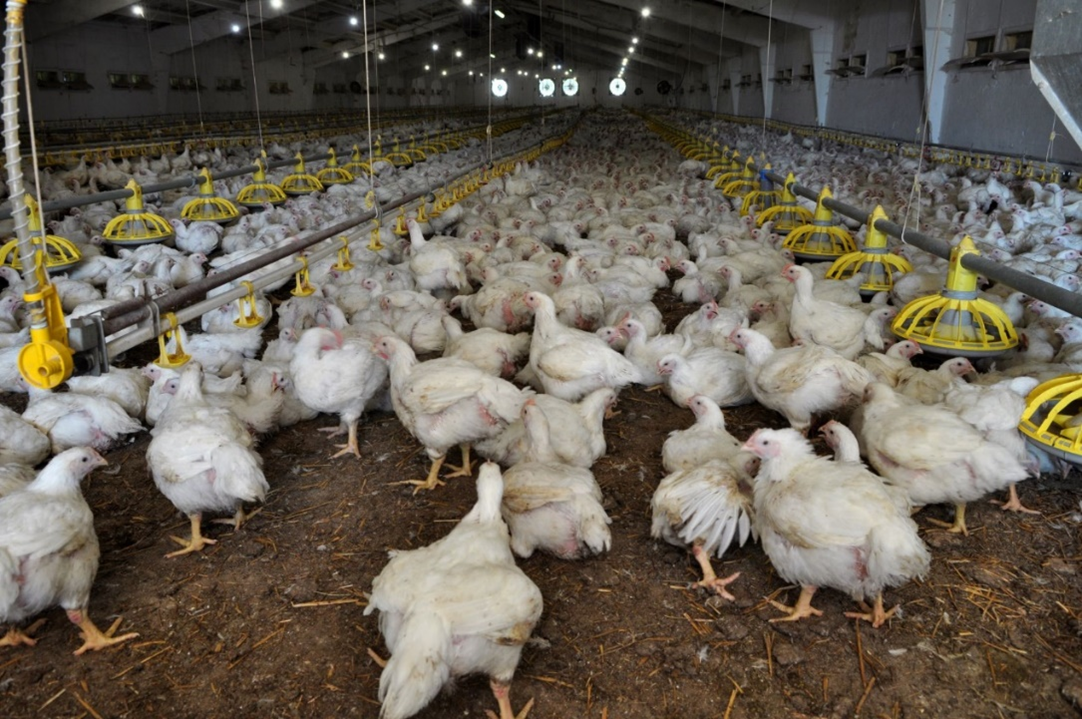When litter works effectively, droppings are broken down into smaller pieces and are coated with litter particles and dust. This effectively increases the surface area of the excreta, which accelerates moisture loss and drying and reduces the stickiness of the litter (Dunlop & Stuetz, 2015). By contrast, if the litter surface is caked, excreta are smeared on the litter surface. Because moisture is not readily transferred to the litter below, there is sole reliance on evaporative removal from the litter surface and the droppings will stay wet for longer. When conditions in sheds do not favour drying (e.g. low air velocity and high humidity, which frequently occur at night) the damp manure layer grows on the surface, and the chickens will be in contact with it. The surface of this caked litter may eventually dry, in which case the caked litter forms a hard, dry crust on the litter surface. The energy and force required to break the manure down into a friable mixture are more than the chickens can manage. Therefore, mechanical intervention with a litter conditioning machine is necessary to return the litter to a dry and friable state.

Caking of litter is more likely to occur when the moisture content of the litter is 30–45% (Carroll, 2012). Litter maintained at a moisture content of 15–30% is less likely to cake and will generally remain friable, without being dusty (Carroll 2012; McGahan and Tucker 2002). Maintaining litter in a friable condition allows chickens to incorporate fresh excreta into the litter and aerate the litter as they move around, whereby they essentially act as the turning devices as they scratch and forage (Dunlop & Stuetz, 2015).
Another factor that drives the rate of caking is the particle size and shape of the bedding material. Particles ‘bridge’ or ‘mat over’ at an accelerated rate when bedding particles are more than 25mm. The type of bedding material also contributes to the severity of caking. Using pine shavings as litter can reduce the severity of caking, whereas other materials such as straw, rice hulls, wood fibre, bagasse and pine needles cake more severely (Dunlop et al., 2016).
As previously discussed in Shed heating and cooling to manage litter moisture, effective shed ventilation and management, as well as managing the factors that unnecessarily add water to the litter, are critical (Shed heating and cooling to control litter moisture guide). These factors are also paramount to managing litter moisture and reducing caking.

